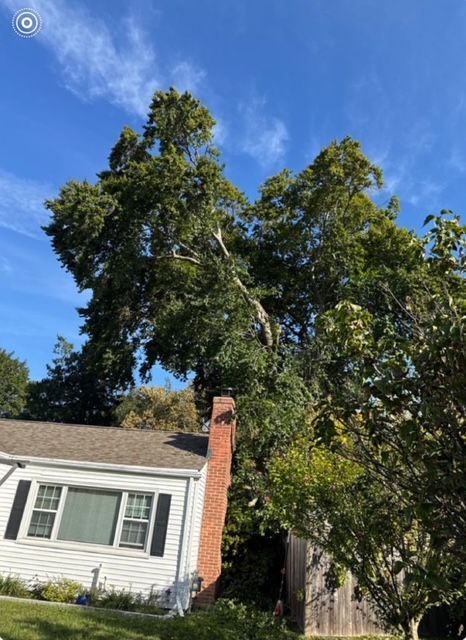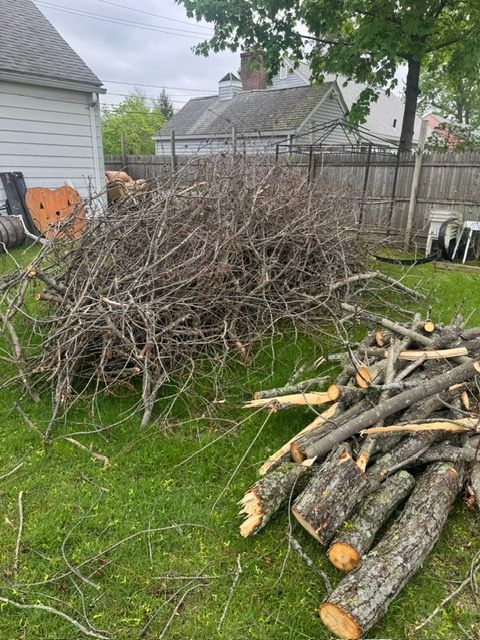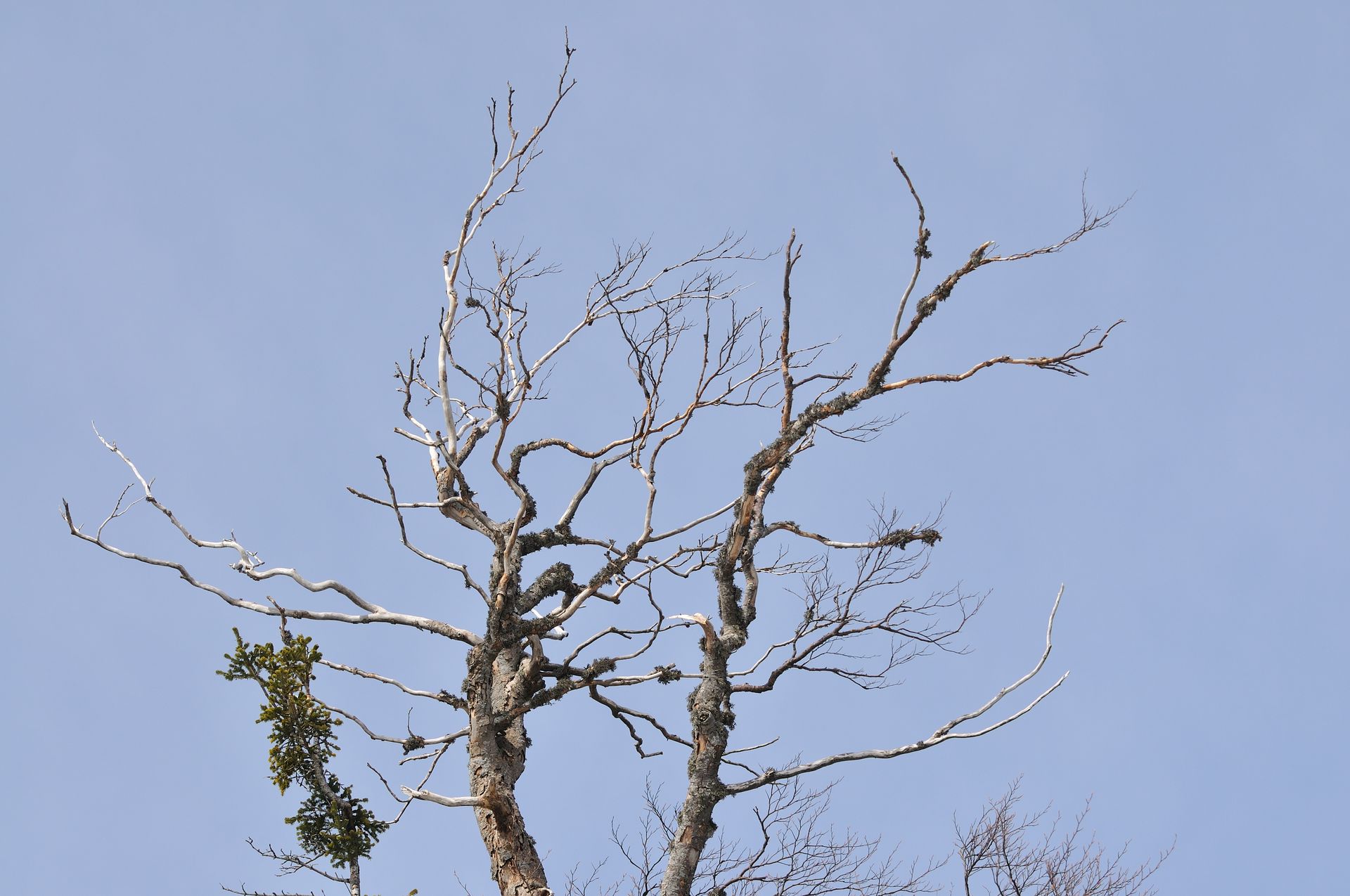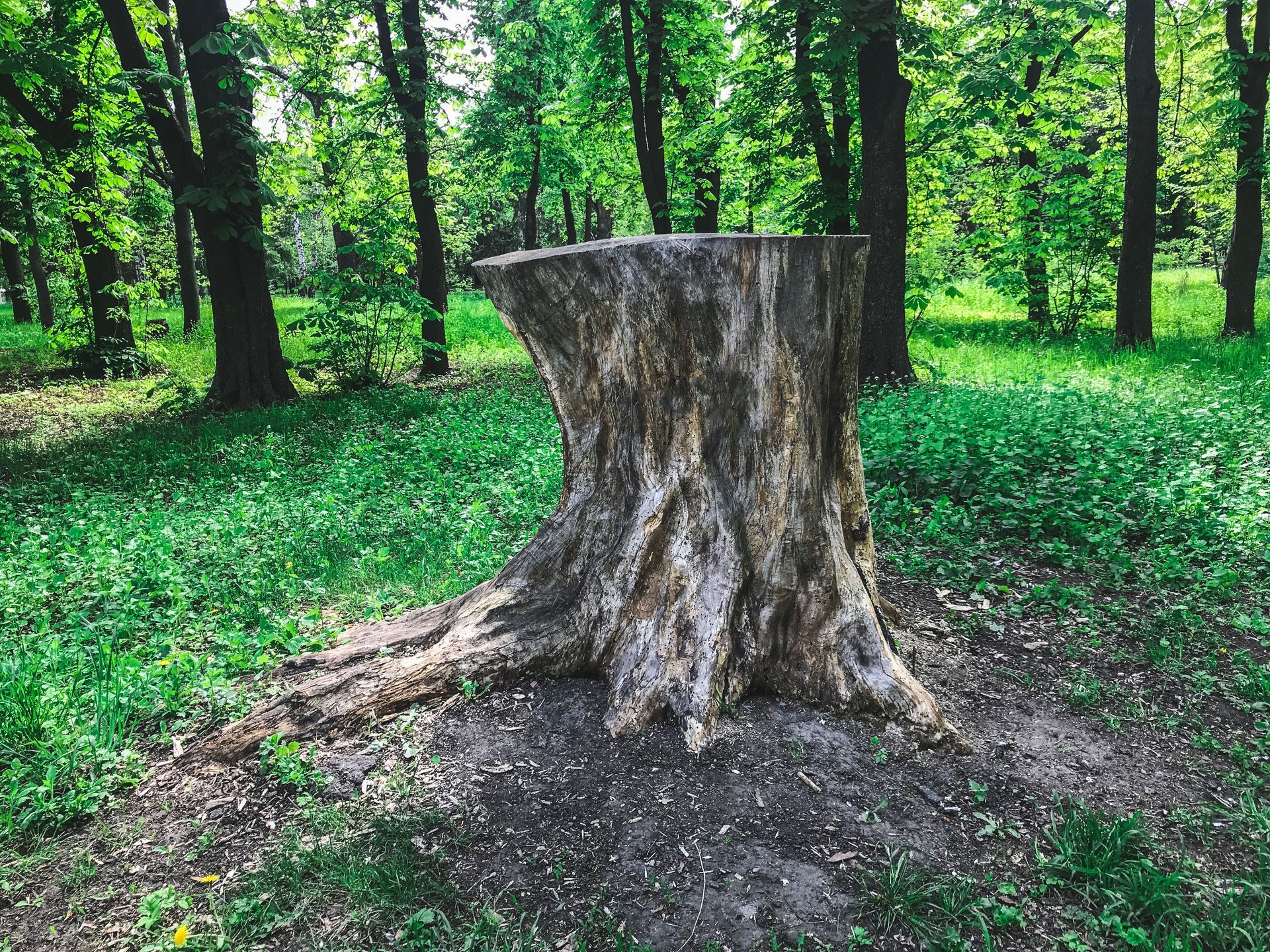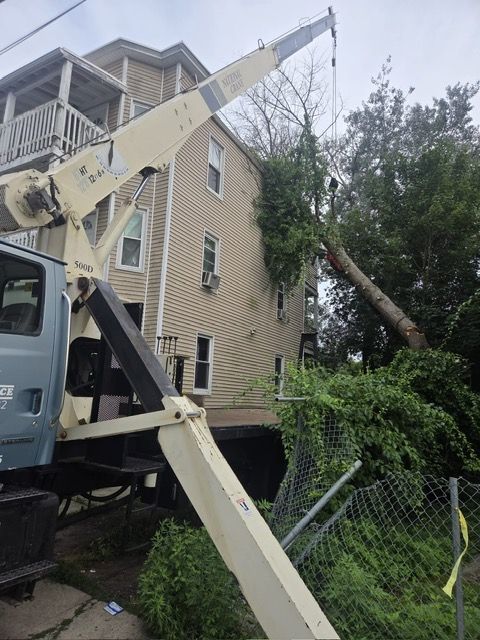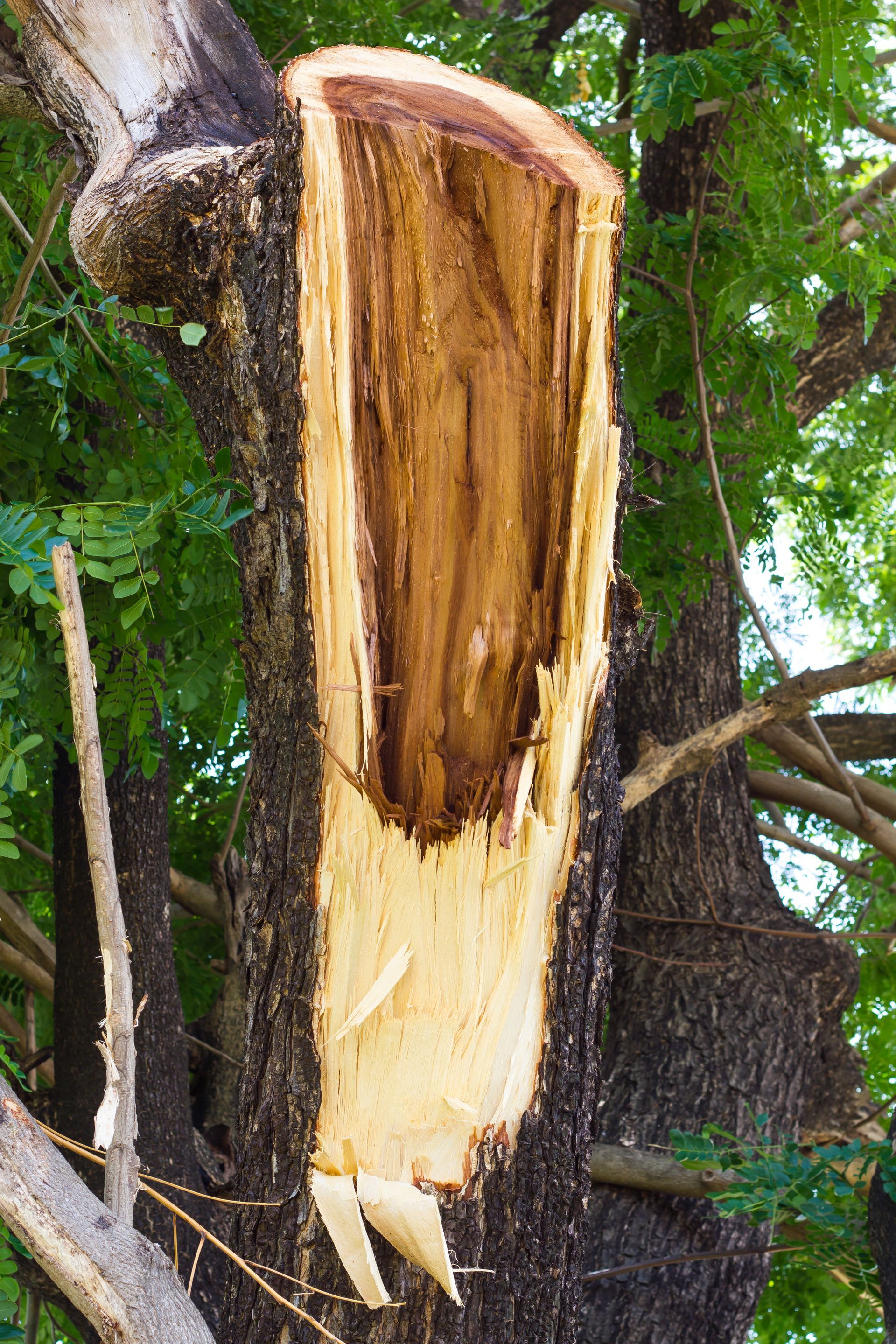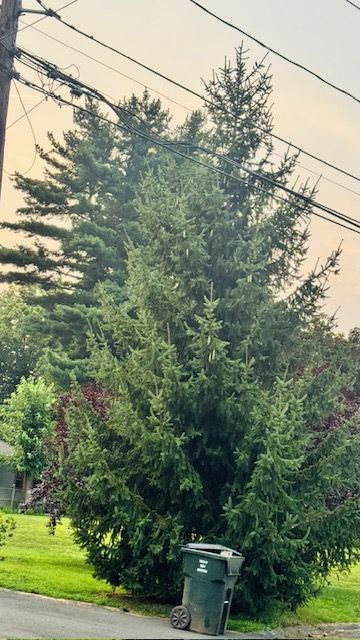Will Copper Nails Kill a Tree?
Exploring the Myth: Can Copper Nails Actually Kill Trees?
The concept of using copper nails as a DIY solution for tree removal has circulated for some time. But is there any truth to this method? In this article, we'll unravel the myth surrounding the use of copper nails to eliminate trees, examining its scientific basis and presenting alternative tree management strategies.
Understanding the Myth:
The idea of using copper nails to kill trees stems from the belief in copper's toxicity to plants. Advocates of this method suggest that driving copper nails into a tree trunk will release copper into the tree, ultimately causing its demise. However, the reality is more nuanced than this oversimplified explanation.
The Science Behind It:
While copper does possess toxicity to plants in concentrated amounts, the quantity of copper released from a few nails is insufficient to kill a mature tree. Trees have evolved sophisticated defense mechanisms to contain and isolate damage, making it challenging for external factors like copper nails to inflict significant harm.
Potential Risks and Drawbacks:
Using copper nails to kill a tree can introduce various risks and drawbacks. Hammering nails into a tree trunk can cause physical harm, creating entry points for pests and diseases. Additionally, the tree may respond by producing new growth, complicating the situation further.
Alternative Tree Management Solutions:
Instead of relying on ineffective and potentially harmful methods like copper nails, homeowners can explore safer and more effective tree management approaches:
Professional Tree Removal:
For trees requiring removal, seeking assistance from certified arborists or tree removal services is the wisest choice. These professionals possess the expertise, experience, and equipment to safely remove trees without causing unnecessary harm.
Proper Pruning:
Regular pruning plays a vital role in maintaining tree health and addressing issues such as overgrowth or structural weaknesses. By removing dead or diseased branches and encouraging healthy growth, pruning can extend the tree's lifespan and improve its appearance.
Chemical Treatments:
In situations where tree removal isn't feasible or preferred, chemical treatments can help inhibit growth or manage specific pests and diseases. However, it's crucial to consult with a certified arborist or horticulturist before utilizing any chemical products to ensure safe and effective application.
The concept of using copper nails to eliminate trees is more fiction than fact. While copper exhibits toxicity to plants in concentrated doses, the minimal amount released by a few nails is unlikely to harm a mature tree significantly. Instead of relying on ineffective methods, homeowners should adopt safer and more practical tree management approaches such as professional removal, proper pruning, and judicious use of chemical treatments. By taking responsible and informed steps towards tree care, homeowners can preserve the health and longevity of their trees while enhancing the beauty of their landscapes.
